This week, Jim Keller’s company signed a big Series D round worth around $693M. While many AI chip companies have ideas, some have silicon, Tenstorrent is taking a different approach to the AI market and it is winning enough to give a $2B valuation to the startup.
Tenstorrent Closes a Big Series D Round
If you are not up to date on what Tenstorrent makes, it has an AI platform built on RISC-V cores. Here is the roadmap presented at the Tenstorrent Blackhole and Metalium For Standalone AI Processing piece from Hot Chips 2024.
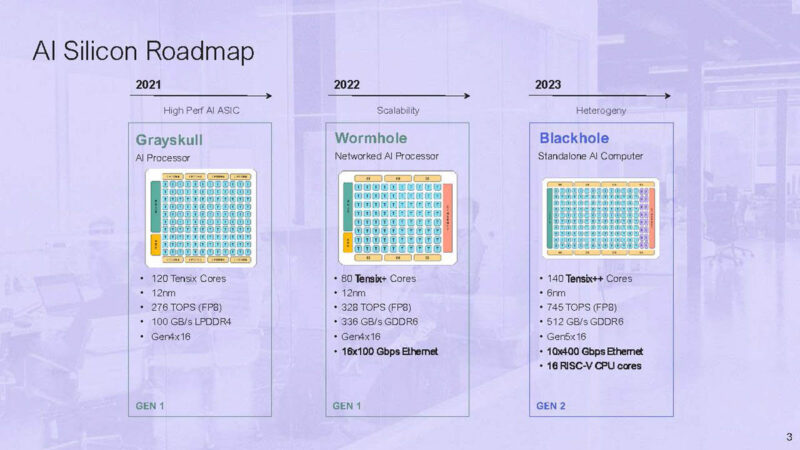
On chip, Blackhole, the company’s current generation, has many small cores along with a mesh architecture and local SRAMs.
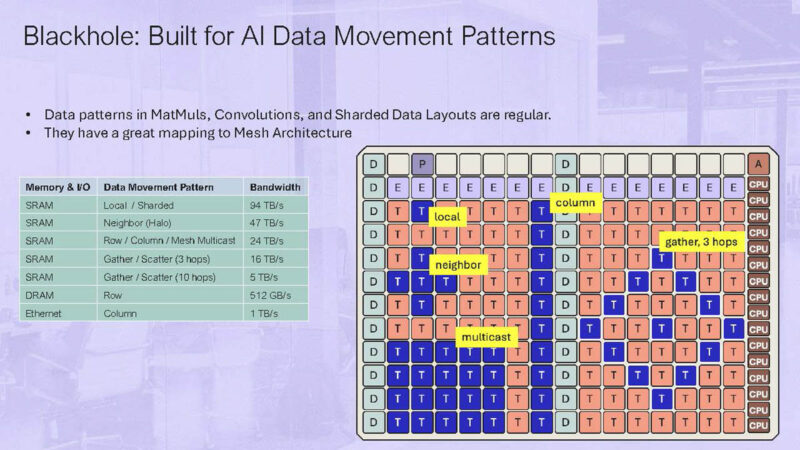
The basic idea is to use the RISC-V-based cores to do the math using relatively smaller chips, but then to scale out the chips using Ethernet. We have seen several other hyper-scaler-focused AI chips also use 400GbE links for scale-out. The benefit of this approach is that it uses a well-understood standard. One of the challenges competing with NVIDIA is that NVIDIA has several different types of interconnects. For a startup, it is hard to invest in the chip design, software, and then a custom interconnect. Ethernet helps a lot here.
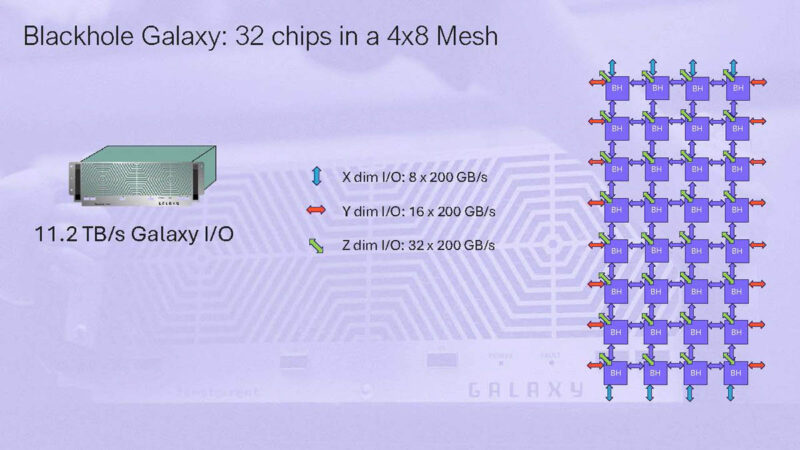
The Tenstorrent folks have a great team and an interesting approach, that seems to be gaining traction.
Final Words
In terms of scale, the company claims around $150M of deals closed. So it has revenue, but it is still nowhere near the scale of NVIDIA or AMD at this point. One big point is that the company’s investors in this round are not just VC firms. There are firms like Samsung, LG Technology Ventures, and Hyundai Motor Group along with Bezos Expeditions joining this round. Getting investments from companies like these can be important because at some point startups need to close more revenue and building those relationships is key.
Since there are quite a few Tenstorrent folks who are STH readers, congratulations from the STH team!

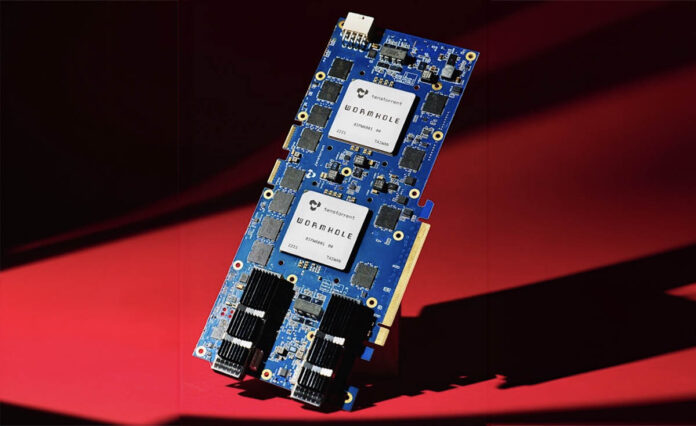

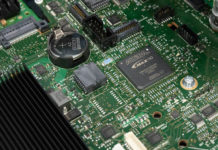

Big OEMs and cloud providers are handing over billions in potential profits (as they see it) to nVidia. At AWS everyone from the sourcing dept. up to Bezos himself desperately wants to cut nVidia out of the picture. Open source hardware, like RISC-V is the ultimate shiny object for cost cutters. Dreaming of hundreds of RISC-V cores on a CPU isn’t going to beat thousands of matrix math specialized parallel processors on a GPU. Ask Cerebras how hard it is to beat nVidia. That’s the level of seriousness required to win.
My 401k thanks them for the nvidia purchases.
I wonder if Keller has been asked by Intel’s board to take over the CEO given the recent news there. Considering that Keller left out of frustration, it’d be an interesting move to try to lure him back. He is one of the few with the resume to lead Intel but given where Tenstorrent is today, I don’t think he wants to leave his new baby.
Unlikely, Keller was rebuffed by Intel’s management and Pat wasn’t even on yet
@Charles McCane
RISC-V is not open-source hardware. It’s an open specification and every high performance implementation is going to be proprietary.
What is more there’s a lot of custom proprietary IP required to make a complete usable processor. You need an on-chip interconnect for all those cores, cache designs with coherency, RAM and IO controllers – none of this will ever be open-source when dealing with cutting edge technologies.
RISC-V in this regard is no different than for example SPARC which was made open and royalty-free, but the implementations are not. The NPU parts of Intel Meteor, Lunar and Arrow Lake are SPARC-based, yet you will never be able to use them directly because of their proprietary nature and cryptographically signed firmware required for operation.